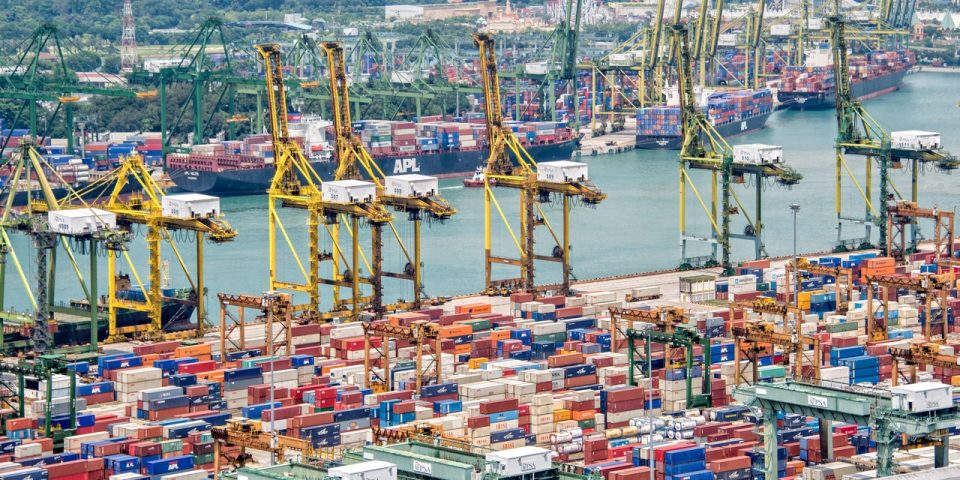Covid-19 restrictions and travel bans meant hundreds of thousands of crew members were stranded on ships, some for years. At its peak in 2020, it was thought that up to 400,000 [1] seafarers were unable to be repatriated, falling to 200,000 in 2021. The Covid-19 crew crisis is now largely over, but the experience is likely to have long-lasting effects.
“The health and wellbeing of crew has always been a critical factor in safety,” says Captain Rahul Khanna, Global Head of Marine Risk Consulting at AGCS. “However, morale among seafarers is currently low and the pandemic has had an impact on the mental health and well-being of crew. Now crews face a rising workload, while the ever-growing burden of compliance is making the job less attractive.”
In what has been termed the ‘great resignation’, the pandemic prompted many workers to rethink their work life balance, with some choosing to retire or switch careers. The combination of the pandemic and current working conditions risks a future skill shortage for the shipping industry, according to Captain Nitin Chopra, Senior Marine Risk Consultant at AGCS.
“During the pandemic hundreds of thousands of seafarers were unable to leave their vessels or see their families for a prolonged period. What they have endured will have a lasting impact, and it is likely many seafarers will not return. Ship owners in some segments could feel the pinch. We do not want to see dispensations or special considerations being given by flag states,” says Chopra.
During March and April 2022, a number of vessels owned by ferry operator P&O Ferries were detained by UK authorities over safety concerns [2], including crew familiarization and training. The operator had previously made over 800 crew redundant and replaced them with lower paid workers.
Crew welfare and retention rate is a risk factor considered in underwriting, explains Justus Heinrich, Global Product Leader Marine Hull at AGCS. “Our major clients have crew retention programs and we see a lot of investment in attracting and retaining crew, as well as welfare management,” says Heinrich. “From the perspective of our risk assessment, we like to see high levels of crew retention and evidence of good people risk management. Particularly with more modern vessels and technology, the ability to attract and retain experienced crew is critical.”
Russia’s invasion of Ukraine has further ramifications for a global maritime workforce already facing shortages. Russian seafarers account for just over 10% of the world’s 1.89 million seafarers, while around 4% are from Ukraine [3].
With many direct flights to Russia suspended, and with fewer vessels calling at Russian and Ukrainian ports, seafarers from these countries may struggle to return home or re-join ships at the end of the current contracts. Ultimately, seafarers in the Black Sea are in a perilous situation, stuck onboard vessels or in ports with dwindling supplies and under fire, which is yet another blow for the industry and global supply chains, given crew levels have not yet returned to normal levels.
Regular crew changes are required across the world to ensure the flow of manpower is maintained. Last year, the International Chamber of Shipping and shipping trade association BIMCO [4] warned there could be a “serious shortage” of officers within five years if action is not taken to increase training and recruitment levels. The report predicted that there will be a need for an additional 89,510 officers by 2026, yet there was a shortfall of 26,240 certified officers in 2021.


